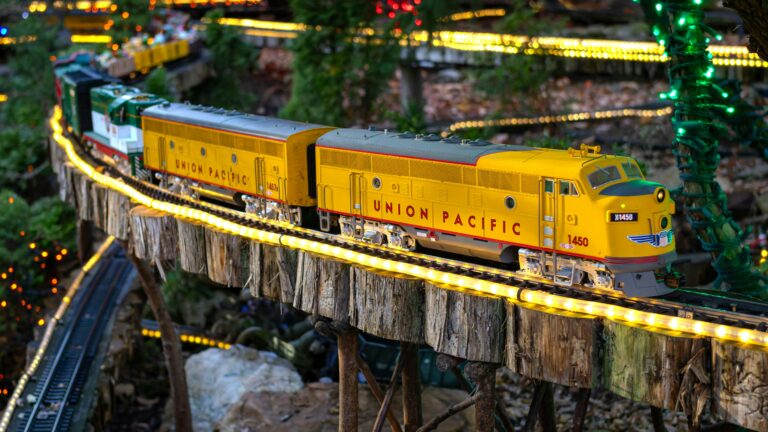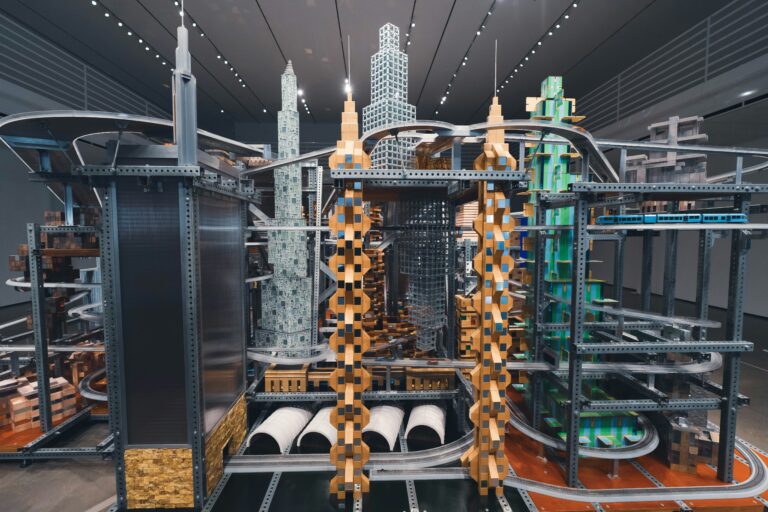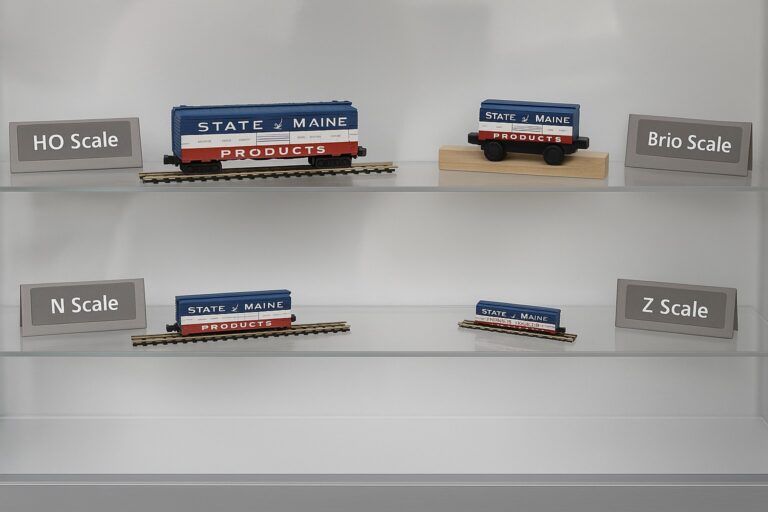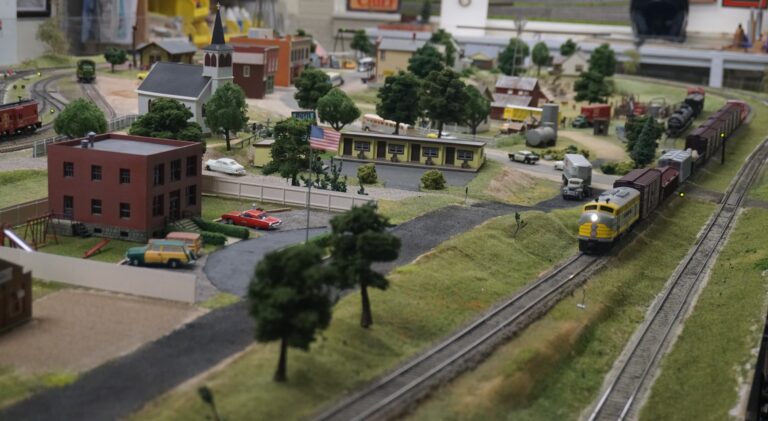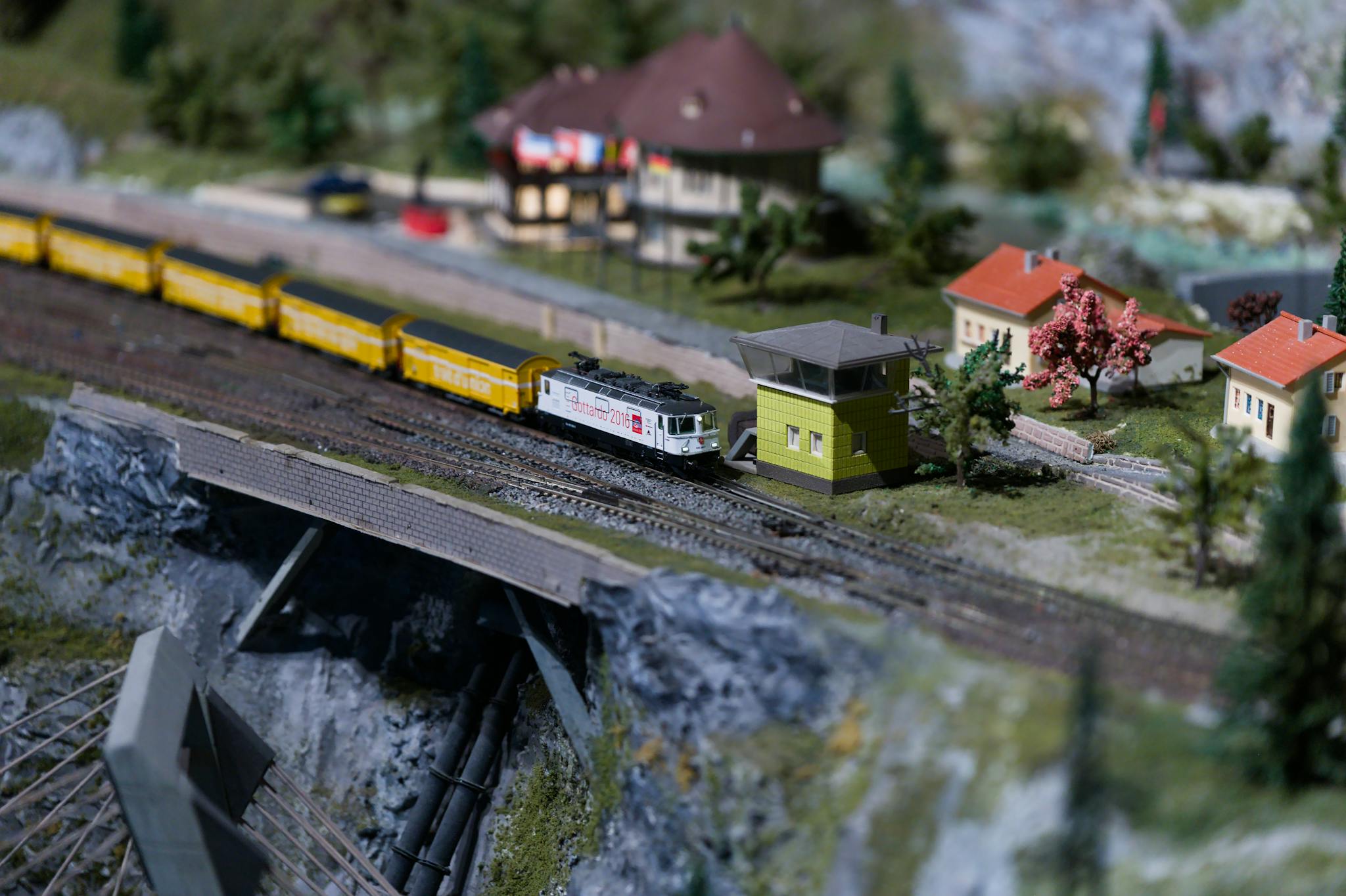O Scale vs HO Scale: Pros, Cons, and Collector Appeal
HO scale is often chosen for limited spaces, while O scale offers vintage appeal and dramatic presence, but choosing between them isn’t as simple as it sounds.
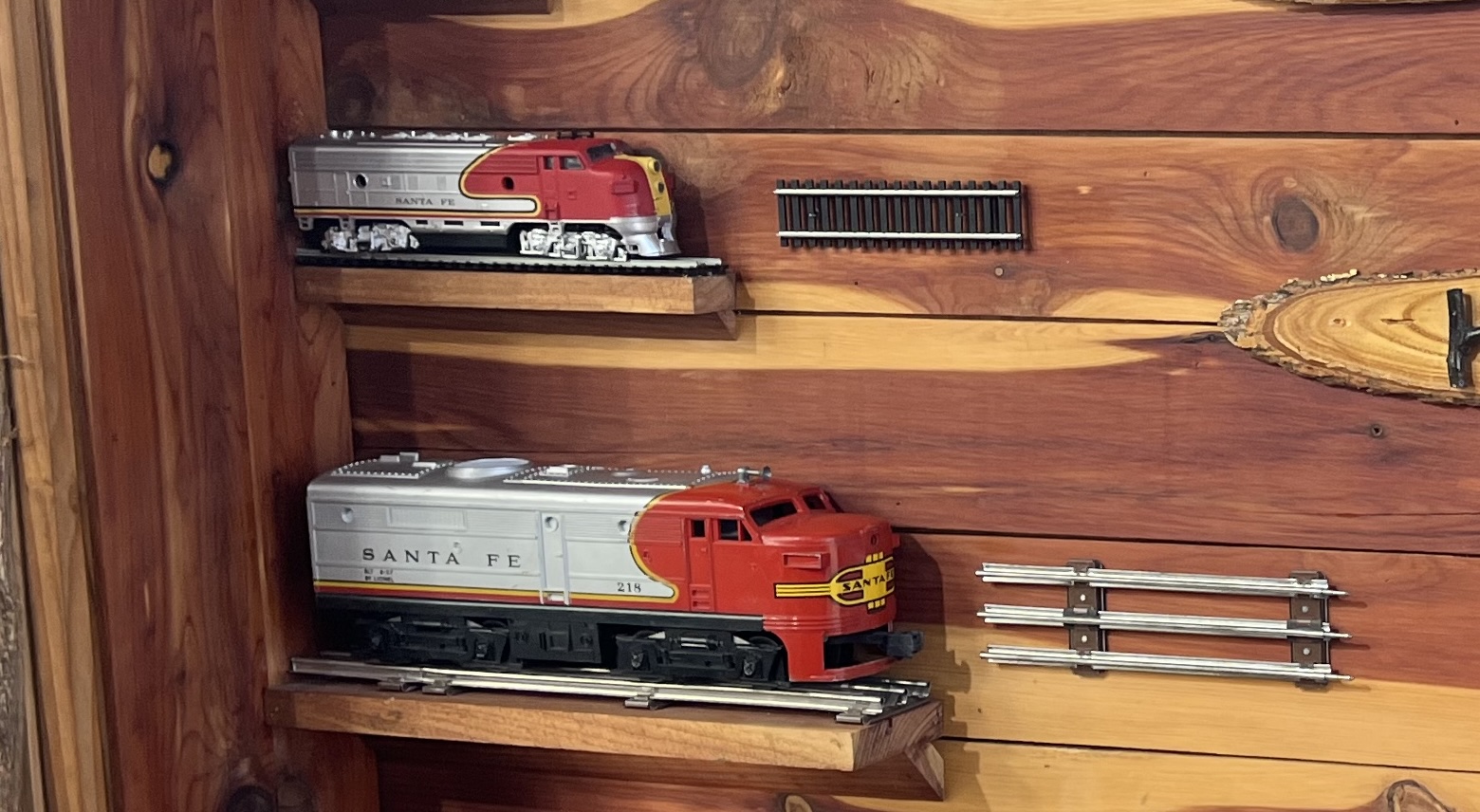
In the world of model railroading, few debates are as enduring as O scale vs HO scale. These two titans represent different eras, aesthetics, and priorities—one offering commanding presence and nostalgic heft, the other delivering detail, versatility, and modern convenience. Whether you’re a collector looking to revive your childhood passion or a returning hobbyist wondering where to invest your time and money, understanding the tradeoffs between these two scales is key.
This in-depth model train comparison will walk through all the major factors—layout size, visual impact, detail, brands, and more—to help you choose the scale that best fits your space, budget, and collector mindset.
What Is O Scale?
O scale is traditionally modeled at a ratio of 1:48 in the U.S. (or 1:43.5 in the U.K. and 1:45 in Europe), making it one of the largest commercially available model train sizes. Originally popularized by Lionel in the early 20th century, O scale gained prominence due to its durability and visual appeal—especially in a time when trains were more toys than precision models.
Today, O scale is synonymous with nostalgia, collector-grade models, and heirloom-quality pieces that command attention.
Common O Scale Specs:
- Scale ratio: 1:48
- Track gauge: 1.25 inches (31.75 mm)
- Typical locomotive length: 12–16 inches
- Layout space required: Large (8×12 feet minimum for loops)

What Is HO Scale?
HO scale (short for “Half O”) is modeled at a 1:87 ratio, making it smaller than O scale but still large enough to showcase intricate detailing. It has become the most popular model train scale globally, thanks to its sweet spot between size, cost, and layout flexibility.
Introduced in the mid-20th century as a more practical alternative to O scale, HO now dominates both beginner sets and advanced layouts.
Common HO Scale Specs:
- Scale ratio: 1:87
- Track gauge: 0.65 inches (16.5 mm)
- Typical locomotive length: 6–8 inches
- Layout space required: Moderate (4×8 feet is typical)
Size and Layout Requirements
Size is the most immediate and practical difference between O and HO scale. O scale requires substantially more real estate, not just for track, but also for larger radius curves to accommodate bigger engines.
| Feature | O Scale | HO Scale |
|---|---|---|
| Track gauge | 1.25 in | 0.65 in |
| Layout footprint (basic loop) | 8×12 ft | 4×8 ft |
| Minimum curve radius | 36 in | 18 in |
| Train length | Larger | Smaller |
| Detail visibility | High | Very high, despite size |
If you’re working with limited space, HO is the clear winner. But if you want a centerpiece layout with theatrical scale and vintage charm, O scale is unmatched.
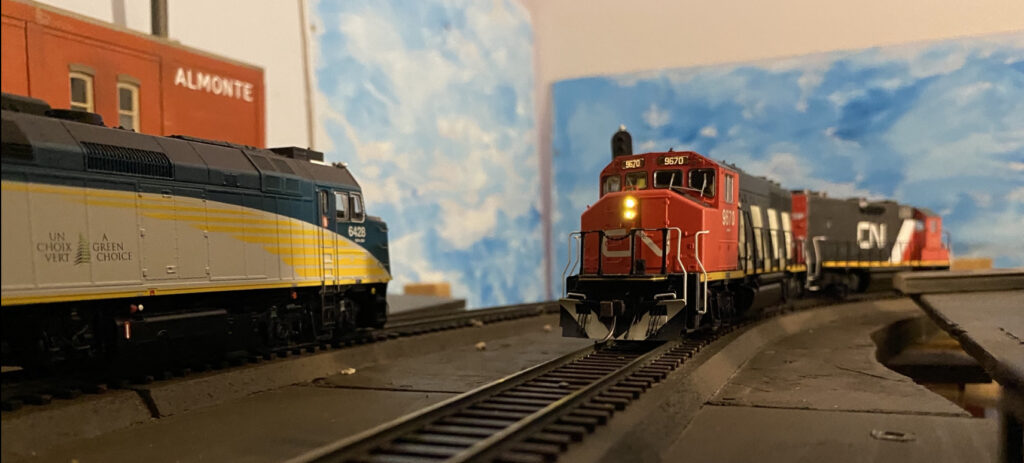
Detail and Realism
Both scales offer detailed models, but the nature of the detail differs. HO scale, despite being smaller, can sometimes offer finer molded detail due to modern manufacturing techniques. That said, O scale’s larger size means more visible and tactile elements, which can feel more satisfying, especially for collectors who appreciate craftsmanship up close.
In HO scale, you’ll find a broader array of weathered freight cars, realistic buildings, and scene elements that support highly immersive layouts.
O scale often leans into vintage detail—think exposed rivets, classic tinplate finishes, and operating accessories like Lionel’s iconic log dump car or milk can loader.
Product Availability and Brand Ecosystems
HO scale leads in overall product variety, from rolling stock to scenery kits. Its dominance in the market has made it the go-to for third-party upgrades, digital command control (DCC), and specialty kits.
Top HO Scale Brands:
- Bachmann
- Athearn
- Walthers
- Atlas
- Piko
Top O Scale Brands:
- Lionel
- MTH
- Atlas O
- Williams by Bachmann
- Weaver (legacy)
For a full breakdown of manufacturer quality, visit our Top 10 Model Train Brands Ranked by Hobbyists.
Collectors focused on modern realism may prefer HO for its variety and detail, while legacy-minded buyers often gravitate toward Lionel O scale, especially for sets replicating classic postwar designs.
Price and Value Considerations
When it comes to cost, HO scale is generally more affordable—both in terms of initial setup and long-term expansion. O scale trains and accessories are bulkier, heavier, and more expensive, particularly when buying high-end or vintage pieces.
| Category | O Scale | HO Scale |
|---|---|---|
| Starter train sets | $300–$700 | $100–$300 |
| Track cost per foot | Higher | Lower |
| Structure kits | Fewer options | Many options |
| Shipping/storage | Heavier | Easier to manage |
That said, some O scale sets hold or appreciate in value, particularly limited edition or vintage Lionel models, making them attractive to collectors.
If you’re looking for an accessible starting point, see our roundup: Best Model Train Sets for Sale in 2025: HO, N, and O Scale Compared
Nostalgia and Collector Appeal
Perhaps the strongest case for O scale is emotional. For many older hobbyists, it was their first exposure to model railroading. The sight and sound of a Lionel train under the Christmas tree, complete with smoke and a working whistle, still resonates deeply.
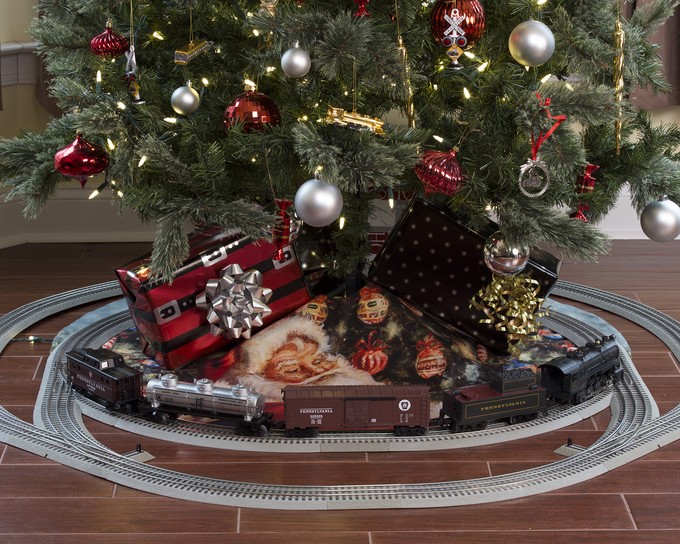
O scale’s broader spacing, ruggedness, and operational accessories make it a deeply tactile experience—less about prototypical accuracy and more about joyful interaction.
HO scale, while offering its own nostalgia for Gen X and younger Boomers, often represents a transition to realism and precision.
The Verdict: Which One’s Right for You?
Choose O scale if you:
- Want a display-worthy, nostalgic layout
- Grew up with Lionel or enjoy vintage models
- Have ample space for larger curves and trains
- Appreciate hands-on operation and accessory animation
Choose HO scale if you:
- Prefer realism and detail in a compact format
- Want access to the broadest product selection
- Are budget-conscious or working with limited space
- Enjoy building scenic layouts and operations
If you’re still undecided, read our guide What Scale Model Train Should I Buy? A Beginner’s Guide for a broader overview of all available scales.
Recommended Products to Start With
For O scale:
- Lionel Santa Fe Super Chief Set – Buy it on Amazon
- MTH RailKing SD70ACe Diesel Locomotive – Buy it on Amazon
For HO scale:
- Bachmann Durango & Silverton Ready-to-Run Set – Buy it on Amazon
- Athearn Genesis DCC-Sound Locomotives – Buy it on Amazon
Final Thoughts
In the O scale vs HO scale decision, there’s no universal best—only what fits your lifestyle, space, and emotional connection to the world of model trains. For some, it’s about reliving childhood memories. For others, it’s about building a lifelike miniature world from scratch.
Both scales are richly supported, deeply satisfying, and offer endless possibilities for creativity and collecting.


